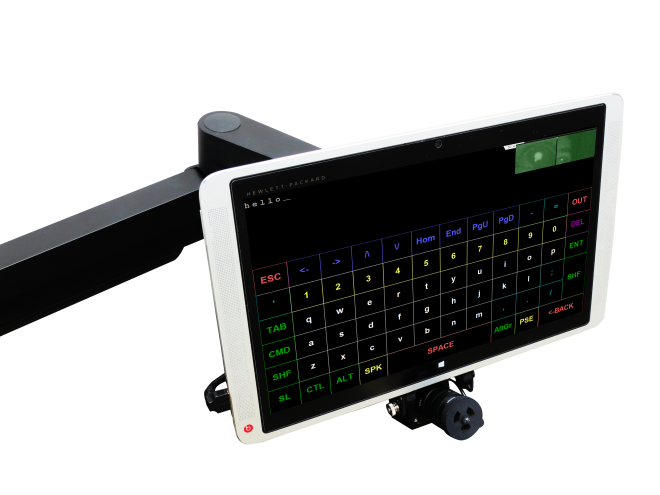Many assume that everyone uses the internet in similar ways. Indeed, my use of ‘everyone’ underlines how blind some can be to the idea that in 2017, 9% of the UK population had never used the internet. Using the internet isn’t a highly specialised skill, but it is a highly individualised one. Web usage is contextual — it depends wholly on its relevance to one’s everyday life, and is directly affected by the implications of class, gender, ethnicity and social standing.
Those with less access to internet use the web differently: it’s difficult to be a digital ‘resident’, for instance, if you cannot frequently digitally engage. (Cornu & White, 2011). Inability to access consistent internet service ranges from social standing to even religious reasons: US internet usage ‘directly correlates with no religious affiliation’. Research on this topic has reminded me of the difference between myself and my cousins’ internet usage, affected directly by consistency of connection. I describe a little more in this soundbite:
As Lutz and Hoffman state, comfortability on the web also affects how people use it. This adds another dimension to the Visitors vs Residents thesis: if you are cyber-bullied, you’re more likely to only use the internet in a visitorial capacity; if you enjoy the internet, you’re more likely to use it in a residential capacity.
Digital differences can simply, however, boil down to one’s ability to function an operating system. In 2015, 27% of disabled adults have never used the internet, compared to just 11% for non-disabled. In terms of hardware, there certainly has been growth in designing technology specifically for disabled demographics, and this can be hugely empowering and integrating, making disabled people feel part of a wider community.

But mass market software is yet to catch up, and until it does – following work in Digital Design from those like Elise Roy – this is a digital difference that will continue to divide.
(310 Words)
References:
Christopherson, Robin, ‘Smartphones and people with disabilities: the power and the promise’, Digital Skills and Inclusion, January 2017, <https://digitalinclusion.blog.gov.uk/2017/01/24/smartphones-and-people-with-disabilities-the-power-and-the-promise/>.
DiDonato, Nicholas C., ‘Internet usage correlates with no religious affiliation’, Science on Religion, <http://www.scienceonreligion.org/index.php/news-research/research-updates/646-internet-usage-correlates-with-no-religious-affiliation>.
Lutz, C., & Hoffmann, C. P., The dark side of online participation: exploring non-, passive and negative participation’ Information, Communication & Society, 1-22. (2017).
Office for National Statistics, <https://www.ons.gov.uk/businessindustryandtrade/itandinternetindustry/bulletins/internetusers/2017>.
Rust, Elizabeth, ‘How the internet still fails disabled people’, The Guardian, June 29 2015, <https://www.theguardian.com/technology/2015/jun/29/disabled-people-internet-extra-costs-commission-scope>.
White, D. S., & Cornu, A. L. (2011). Visitors and Residents: A new typology for online engagement. First Monday, 16(9).


Hi Tom,
Great post, with a unique angle on the Digital Divide, by looking into disabilities on the Web too, not something I had previously spent much time considering. Something I think it is worth noting is the effort that is being made in software design though. Indeed on the Web specifically, there are a lot of features which can be built into even the most simple of pages to allow them to be used by people of all abilities, indeed, the
W3C note this in great detail (!). I therefore wonder if it more of a cost element that blocks people with less ability from using the web? A lot of the specialist hardware, like the screen you mention, presumably cost a lot of money, and often those excluded from the web are of a lower socio-economic standing additionally. I’d be interested to get your thoughts on the cost element?
Thanks,
Tom
LikeLike
Hi Tom –
I really do think that cost is a central factor in the slower development and accessibility of these products. Regardless of socio-economic standing, the cost of supporting yourself as a disabled individual is far greater than that of a fully abled individual. The tech is highly specialised, and prices can only come down so low, but without a need to purchase them, development will only have so much funding and the price of future units will only decrease minimally.
Without subsidies or wider funding, costs are bound to remain high, only worsening and prolonging this particular digital divide.
LikeLike
Hi Tom,
An excellent blog post – I really liked your focus on the digital differences that are often overlooked such as cyber-bullying, disability and access. I definitely agree its easy to overlook how difficult using the Web and other internet services must be for one with disabilities and that inclusion of those with disabilities will improve the ‘digital divide’ that has been created through ‘lazy’ design by past developers. W3C has set out some guidelines for designing for web developing (it’s here if you are interested): https://www.w3.org/WAI/users/
Indeed this past design which hasn’t accounted for individuals with disabilities has brought trouble to institutions in the past: https://www.nytimes.com/2015/02/13/education/harvard-and-mit-sued-over-failing-to-caption-online-courses.html
Do you think that the digital divide has decreased over the years with new technological designs such as Screenreaders (the University uses ClaroReed or ReadandWrite), the EyeGaze Edge etc? Do you think that increased awareness of the divide will make companies more likely to create accessible designs?
Luke
LikeLike
Hi Tom,
Really interesting post, your use of different kinds of media is really engaging and I’ve enjoyed reading it!
As you mention, there are a great many things that affect people’s access to the internet, and a lot of them are unfortunately factors that people already face discrimination and inequality for: Age, gender, class, disability etc. You talk extensively about ways that we can mitigate the barriers to people with physical disabilities, and I was wondering if you’d found anything on trying to make technology more accessible to other groups of people that maybe don’t have the same opportunities as we are fortunate enough to have?
Obviously physical disability is something we are able to get around with increasing ease, but I am concerned that internet access is becoming a luxury that simply serves to increase the gap between those who can afford it and those who can’t.
LikeLike